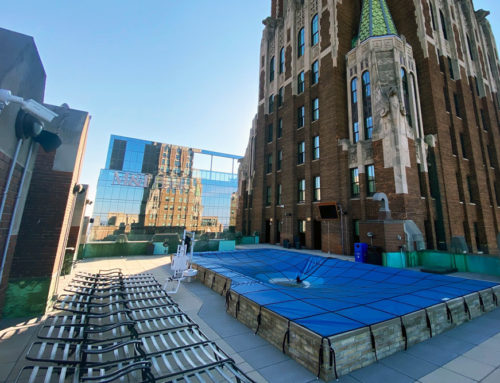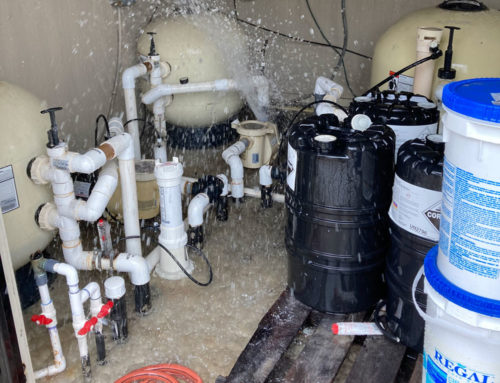In some settings, a sleek, traditional pool may not fit your vision. Enter natural swimming pools, or NSPs. A popular industry trend, the cost of natural, green or organic pools can be on par with conventional pools. Some are designed to replicate a more traditional pool, while others resemble a naturally occurring swimming hole. In fact, without the chemicals and machinery traditionally associated with swimming pools, NSPs are self-cleaning, constructed wetland ecosystems. But exactly how do natural swimming pools differ from their more traditional counterparts? Let’s take a look.
The Construction
While the top edging for commercial pools may be made of coping stones, brick or concrete, an NSP does not require that kind of formal look. Instead, soil may be tamped with a plate compactor to keep it from spilling into the pool, and the perimeter may be edged with wood or rocks to give it a natural look. Another option is to plant up to the edge of the pool. The root systems of the plants help prevent erosion and add to the swimming hole feel. A combination of carefully selected native or adapted aquatic plants should be used. Still, even a natural swimming pool can be built with a more traditional design, allowing for a wide variety of styles fitting a variety of settings.
Natural Filtration
Of course, filtration is vital for keeping a pool clean. Traditional filter systems depend on a pump that circulates the water through sand, paper or diatomaceous earth. This filtered water is then disinfected with chemicals, like chlorine or bromine, to keep it safe and sanitary.
Natural swimming pools work differently, the plant zone around the edge of the pool acts as a natural filtration system, allowing swimming water to move through the area. When the water passes through the plants’ root structure, bacteria removes contaminants. Microorganisms on the roots of the plants consume the bacteria and algae – eliminating waste buildup and clarifying the pool. To maximize this natural filtration process, at least 50 percent of the surface area of a NSP must be devoted to plant life. In other words, the plant zone should equal the size of the area devoted to swimming.
The Environment
Plants are a critical component of a natural swimming pool, and appropriate species will depend on climate. Water lilies are the most widely used, along with duckweed and potamogeton. Hornwort and elodea have a high oxygen output and are reliable submerged plants. A good mix of surface and under-water plant life helps maximize effectiveness. Local home and garden centers can help identify native plants.
Algae is an expected inhabitant of natural swimming pools. But this single-celled plant can be relegated to the plant zone by simply including the right mix of flora that will use up resources the algae need to flourish. Where this isn’t possible, a pool vacuum or automatic pool cleaning system can be used to remove any unwanted algae from the swimming zone.
Plumbing a traditional pool involves a suction port to circulate the water. To prevent a NSP from becoming stagnant, some are outfitted with a mechanical circulation system. This aeration gives the plants needed oxygen, as well as helps move the water through the plant roots for filtration.
Proper Precautions
While aquatic plants are excellent filters, they cannot remove all contaminants from the water. Basic precautions should be taken to ensure that the water stays as clean as possible. Infants and toddlers who have not been toilet-trained must wear proper swim attire, including water diapers and rubber pants, to prevent accidents. Anyone who is sick or has open wounds should not enter a natural swimming pool.
Natural swimming pools are designed for home recreational use, but commercial NSPs are now gaining popularity in North America. A public setting requires compliance with much more stringent codes, from the federal level to local health departments. Therefore, installing a natural swimming pool in a commercial site can require a more complex permitting process. However, municipalities are becoming familiar with NSPs and are making it easier for communities, organizations and businesses to choose a natural pool over a traditional one.
Done properly, a natural swimming pool can provide a beautiful swimming area that blends into landscapes and reduce swimmers’ exposure to chemicals. Local professionals can offer help and guidelines.




